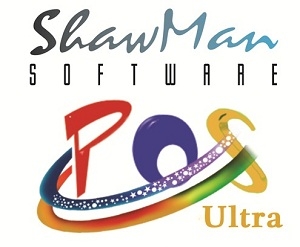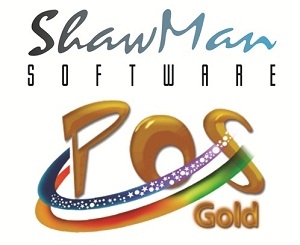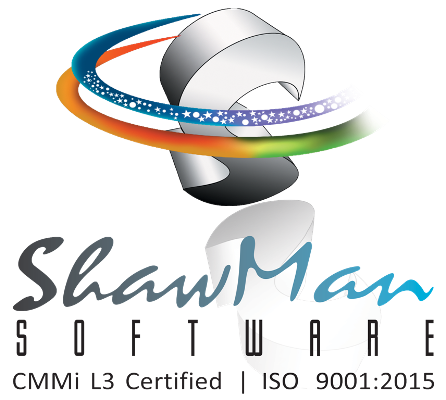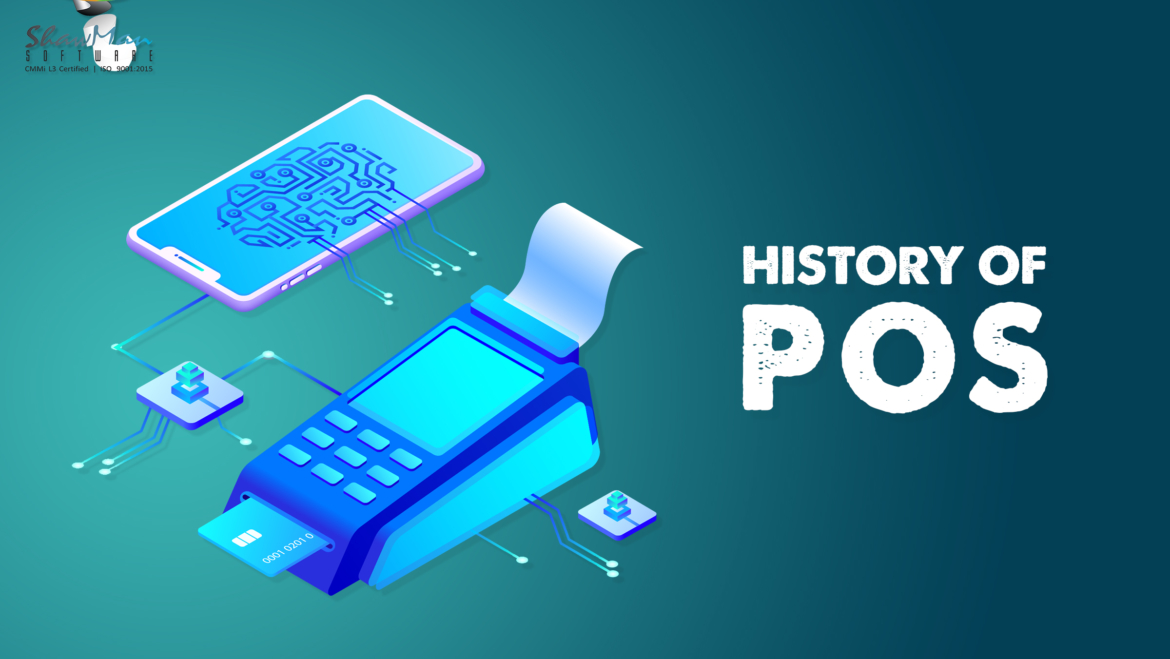Point of Sale Systems
The ubiquitous POS systems began in 1879, with the advent of cash registers. Since then, POS systems have evolved with several technological advances, till today.
POS (point of sale) systems have helped businesses to track and complete transactions in several brick and mortar stores. Yet the POS systems of today are quite different from those in the 19th century. These systems have evolved with new features, and the checkout process has been drastically simplified for cashiers and consumers, making retail purchases more efficient over time.
The Humble Beginnings
The history of POS systems is rich and varied right from the 19th century.
James Ritty, an Ohio resident and saloon owner, is credited to have invented the first cash register in 1879. He developed it with help from his brother, and called it “Ritty’s Incorruptible Cashier.” It is said that he was inspired to make such a machine after he saw a machine on a ship that counted the revolutions of the ship’s propeller. Using the same idea, Ritty was convinced that he could develop a machine that could track his accounts and sales efficiently.

point of sale
Ritty’s register was the first simplified version of the cash register or the first POS that we know today. The machine helped him record his sales and the amount coming in. Believing that the machine had no financial benefit, he sold his valuable patent to John H. Patterson, who believed in its financial value, and established the National Cash Register (NCR) Company in the year 1884. The NCR Corporation is primarily responsible for developing the initial mechanical cash register that was then taken up by every business.
Major Improvements to Cash Registers
By the early 1900s, many businesses used the cash register and included its improvements too. The cash register then featured a cash drawer and paper roll for issuing receipts to consumers. As a result, businesses started utilizing the machine to record transactions and manage their business capital efficiently.
According to the point of sale Corporation, major technological advancements, including liquid crystal display (LCD) screens, and magnetic stripes used in credit cards, and thermal printing helped in enhancing cash registers. The new inventions transformed cash registers into a digital machine that is now used since decades.

Point Of Sale Gold
Some of the changes happening later include:
- Gene Mosher’s touchscreen interface in late 1980s to the registers, primarily for restaurants
- Martin Goodwin and Bob Henry’s Microsoft platform for the POS system
- Store automation and signature capture for POS introduced by the NCR
The present and future evolution of POS
New technological advancements also helped the POS to evolve considerably
- Barcodes: Retail stores expanded into chains leading the advent of advanced point of sales systems with efficient inventory management with help of barcodes. Barcodes allowed retailers to input prices only once thus affixing price tags to a product. They also aided inventory management specially to track inventory
- Smartphones and Mobile POS: Computers evolved into smartphones and with the help of the Internet, POS systems are now revolutionized. POS systems can be mobile, especially to track sales receipts, customer loyalty, time cards, and overall inventory right in the cloud. #Facebook Retail employees can close sales using a mobile POS system without the need for a checkout counter. Online POS systems now can be used to make purchases from one’s homes using a laptop or tablet or from anywhere. Retailers can integrate all sales through the POS system and even track customer metrics and inventory simultaneously for several locations
- Mobile Wallets: Customers with mobile wallets can now shop with retailers who support such POS terminals. Consumers only need to wave their smart phone near the POS terminal and finalize purchases quickly.
As payment methods evolved, POS systems have adapted and the history of POS system is proof of its evolution with technological changes. From money boxes to mobile POS systems with Google Pay, these systems have certainly come a long way.



Your Comment
Leave a Reply Now